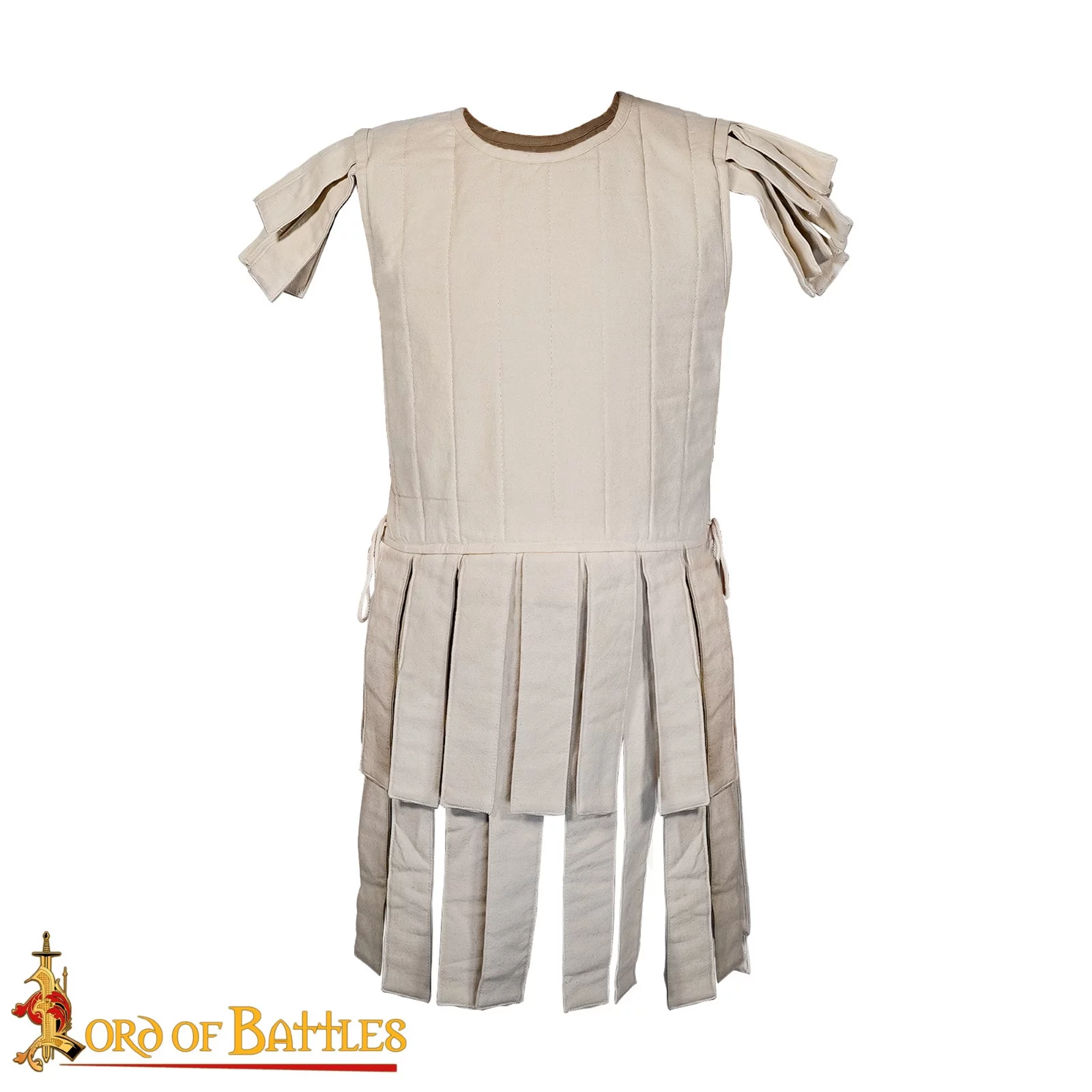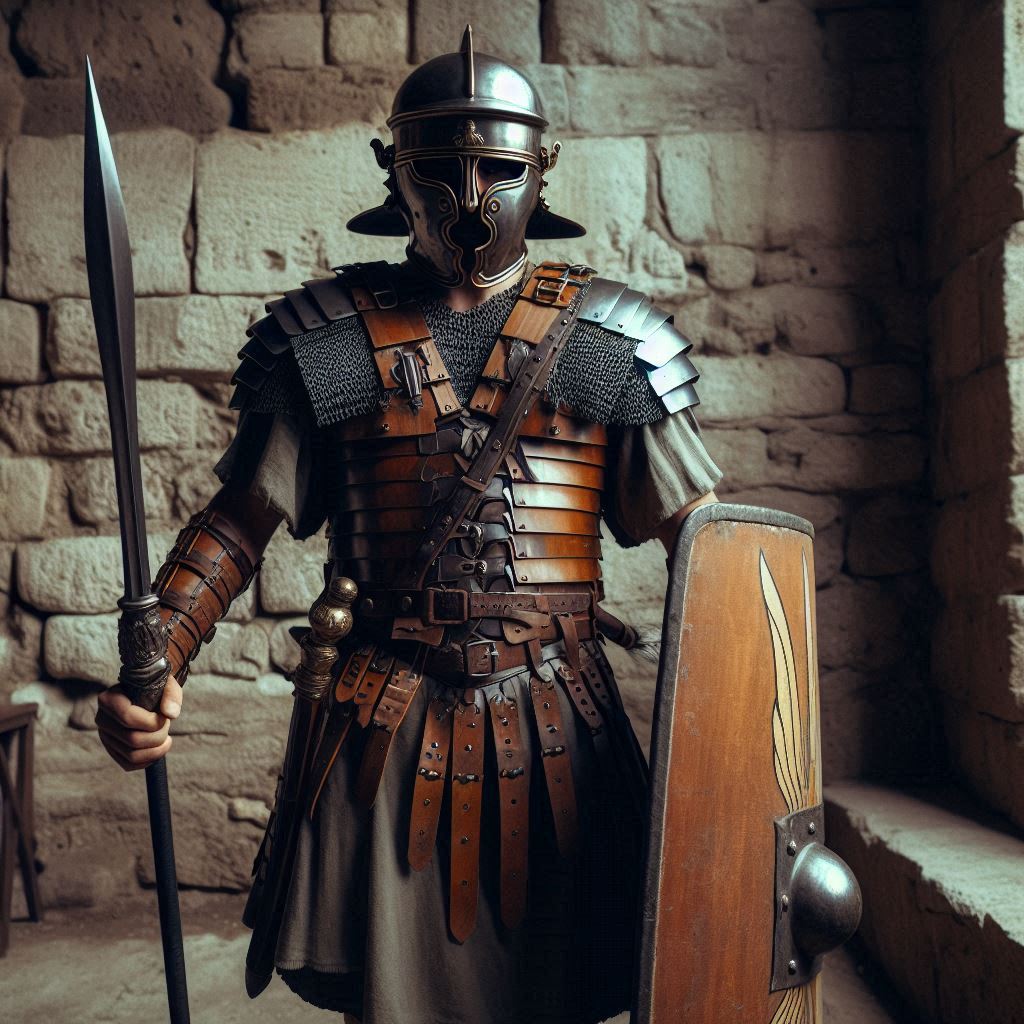What is the Roman Subarmalis?
The Roman Subarmalis is a historical garment that played a vital role in the clothing and protection of soldiers during the Roman Empire and the Byzantine Empire. This innovative piece of armor not only offered comfort but also provided crucial defense on the battlefield.
Origin and History
The design of the Subarmalis is inspired by more primitive versions used by Greek peoples. Over time, the Romans made adjustments that optimized its functionality and comfort, making it an essential element of the Roman military arsenal.
Features of the Subarmalis
- Materials: Generally made of treated leather or padded fabrics, the Subarmalis offered durability and impact resistance.
- Design: It featured laces or fastenings that allowed for a tight fit to the body, ensuring that the garment did not move during combat.
- Layers of Protection: It was strategically placed under armor, such as the lorica hamata (chain mail) or the lorica segmentata, providing additional defense against blows and bruises.

Use on the Battlefield
The Subarmalis was commonly used by both Roman and Byzantine troops and was considered indispensable for any soldier equipped with armor. Its main function was:
- Cushioning the impact of enemy weapons, especially in hand-to-hand combat.
- Protecting the soldier's torso and limbs, reducing the risk of serious injuries.

Impact on Military History
The utility of the Roman Subarmalis paved the way for the evolution of military garments. Its design not only benefited the soldiers in their performance but also laid the foundations for future innovations in personal protection. The legacy of this garment can be seen in the ongoing research and historical reenactment carried out by reenactor groups and academics, highlighting its importance over the centuries.
| Aspect | Description |
|---|---|
| Origin | Ancient Greek cultures, perfected by the Romans |
| Material | Treated leather and padded fabrics |
| Main function | Cushioning blows and protecting the soldier's body |
















